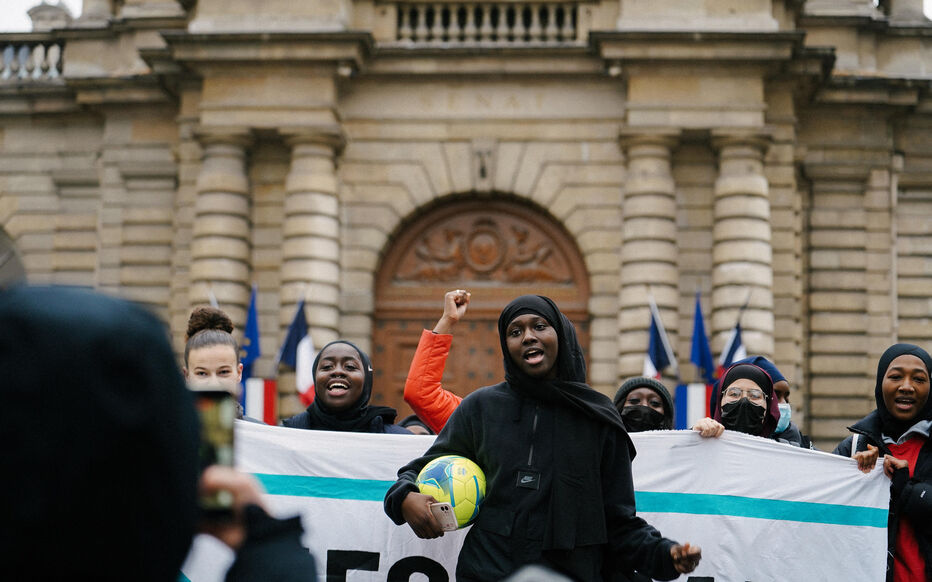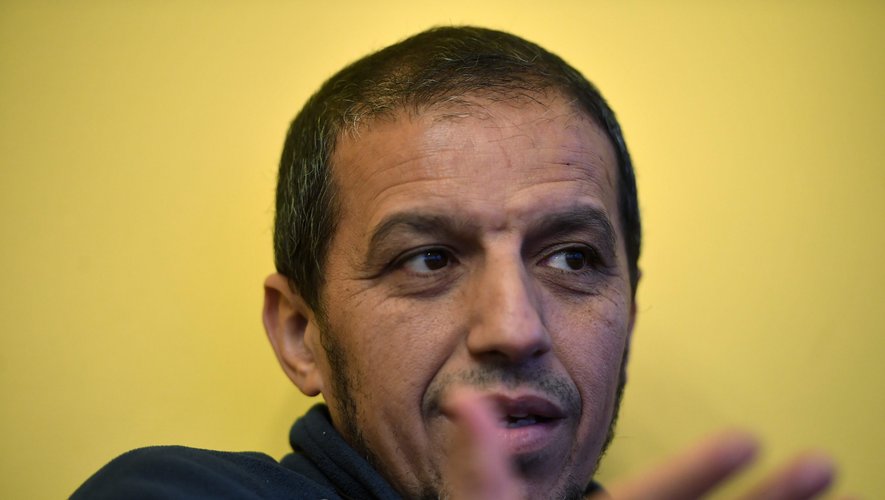Sociologist Farhad Khosrokhavar recently published a piece in Le Monde, in which he argues: “In Europe, one of the most significant, even essential, factors of jihadist radicalization is the city. Not just any city. We’re talking about the urban ‘jihadogen’, which breeds jihadism.”
“In the near-totality of European countries, there are neighborhoods where the number of departures of young people for Syria (exo-jihadists) as well as those followers of internal jihadism (endo-jihadists) are much higher than the national average…In Lunel, the Abrivados HLM witnessed a significant portion of its young people become indoctrinated by the ‘holy war’ in its extremist version.”
He explains that “the concentration of jihadists in certain neighborhoods may be due to two distinct effects.” The first is when “young people may know each other through formal or informal networks…the neighborhood may be middle class, without apparent signs of candidates for holy war; these type of neighborhoods…are largely in the minority in Europe.”
The second is due to: “the specificity of the urban structure: the concentration of young people of similar ethnic origin…the ghettoization and development of underground blackmarket economies…an unemployment rate higher than the national average…a high drop out rate; a delinquency rate well above the national average; a strong feeling of stigmatization, largely based on everyday experience, amplified by the ‘aggressive’ behavior of excluded youths who feel that they are the victims of society; the neighborhood’s segregation, which is more or less separate from the city for practical reasons (absence of a metro line or bus) and also in part imaginary reasons (a line of mental demarcation often separates the neighborhoods in urban zones…)”
He continues, “This ‘banlieue’ urban structure, or that of isolated, poor and ‘segregated’ neighborhoods within a large city (as in Waltham Forest, London) or in a small town where exclusion and stigmatization are even more pronounced (Lunel) in many cases promotes jihadism…These individuals feel driven to the ambivalent situation of being neither French (neither German, English, Belgian) nor Arab (nor Pakistani, Moroccan). They are rejected, marginalized, stigmatized.”
“Often, the proximity of a poor neighborhood to a rich neighborhood can give way to forms of frustration and indignation that favor jihadism. There is certainly no strict causal connection, but this urban phenomenon is often found at the heart of many European cities where jihadism takes place.”
“In sum, Europe is sickened from its separate neighborhoods where young people, mostly of immigrant origin and economically marginalized, are locked up. It has not been able to integrate them, and as long as this urban structure isn’t called into question, we can expect either jihadism or unrestrained delinquency in an environment where we see concurrent puritanical and sectarian religiosity developing, Salafism called pietism.”
Sources
http://www.lemonde.fr/idees/article/2018/05/14/farhad-khosrokhavar-un-urbain-djihadogene_5298546_3232.html#xtor=AL-32280270






